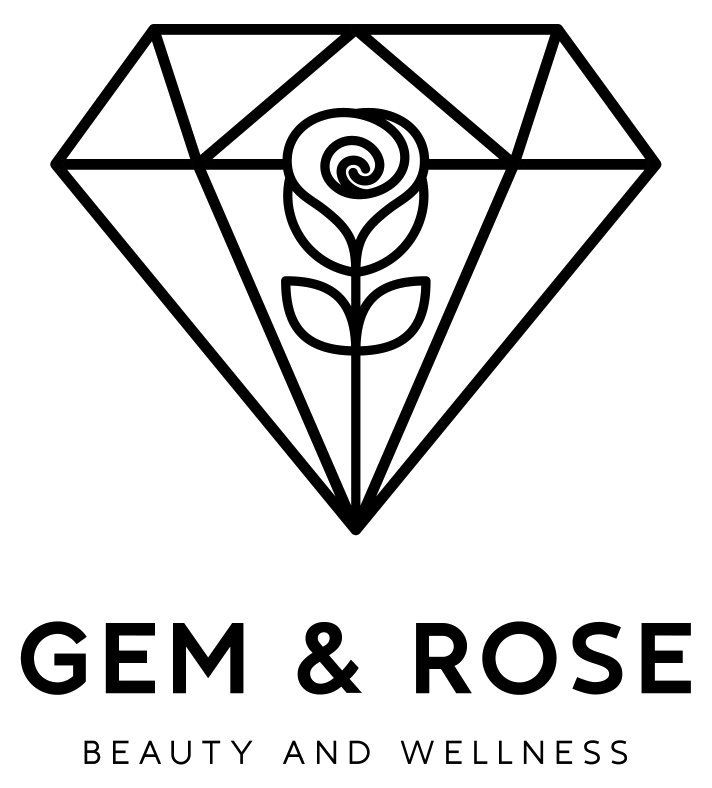As of late, Gua Sha has gained popularity as a beauty modality that can be done at home to promote lymphatic drainage, sculpt and lift the face, and promote detoxification of the face and neck. Gua Sha and Manual Lymphatic Drainage are two alternative medicine techniques that have gained popularity in recent years for their potential benefits in promoting holistic wellness 1. While they both have different origins and techniques, they share a common goal of enhancing the body’s natural healing capabilities 1. However, there is a major difference between Gua Sha and Lymphatic Drainage. Most individuals don’t even realize that these are not the same technique by any means. I want to get into a bit about why people may be confused on what exactly they are doing at home, and explain the differences between the two modalities. Let’s start with Gua Sha.
Gua Sha is an ancient Chinese healing technique that involves scraping the skin’s surface with a smooth-edged tool to relieve tension and pain. The technique is believed to stimulate blood flow, improve lymphatic drainage, and promote healing in the body 1.
Gua Sha is a body and face scraping technique that’s used for a variety of health benefits. It’s a part of the system of Traditional Chinese Medicine (TCM) with mentions in the Shanghan Lun, a Chinese medical text on illness from BC 220 1. The literal meaning of Gua sha is “to scrape sand,” which refers to the light, speckled bruising on the skin after a treatment. In TCM, Gua sha is believed to move blood and qi 1. The most common conditions and symptoms treated with gua sha include: back pain, shoulder and neck tension, carpal tunnel syndrome, tennis elbow, poor circulation, and scar tissue 1. Typically we do not even do Gua sha on the face as it is a delicate area with many bony prominences.
Gua sha involves the use of a tool to stroke the skin and increase circulation. This may promote detoxification, relax tight muscles, and encourage healing 1. Gua sha is sometimes referred to as “spooning” or “coining.” This is because Gua sha was historically done using a ceramic Chinese soup spoon or a blunt, well-worn coin. Today Gua sha is commonly done with smoothed stone like jade or rose quarts, other crystals and also stainless steel. But, Gua sha can be done with any smooth surface, and a pricey stone tool is not necessary. So don’t worry if you don’t want to spend a bit on a Gua sha stone, you can use a spoon from your kitchen. In fact, a cold spoon kept in the fridge works wonders on the face if you want to achieve drainage and lifting of the face and neck.
Gua sha is meant to address the deeper connective tissue of the body, not the lymphatic system. The modality is meant to bring up new blood into the congested parts of muscle, tendon, and fascia. So in conclusion, Gua sha is not a light lymphatic treatment, it is a myofascial technique that is much deeper and creates a bruising effect, which will reduce pain in the end.
On the other hand, Manual Lymphatic Drainage is a gentle massage technique that specifically targets the lymphatic system. It involves applying gentle pressure to the lymph nodes and lymphatic vessels to boost the body’s natural lymphatic flow. The technique is believed to improve immune function, reduce inflammation and promote overall wellness 1. The lymphatic system is right under the skin, so when we use “Gua sha” stones to do lymphatic drainage we are administering a light lymphatic stretch, to promote drainage and detoxification. This also does help tone and lift the skin. When we are doing this technique, there is no scraping, it is just a pulling and stretching with the stone.
So many are saying they are doing “Gua sha” on the face, but in reality they are doing lymphatic drainage, but they are using a “Gua sha” stone to achieve drainage.
While both techniques have gained popularity in recent years as alternative therapies for various health conditions, they have different focuses. Gua Sha technique is more focused on releasing tension and knotting in the muscles and connective tissue, while Manual Lymphatic Drainage technique is more focused on improving immune function to reduce inflammation and pain 1.
I hope this helps to clear up any confusion and as always feel free to reach out to us at Gem & Rose studio with any questions or support with proper technique when performing either modality at home.


